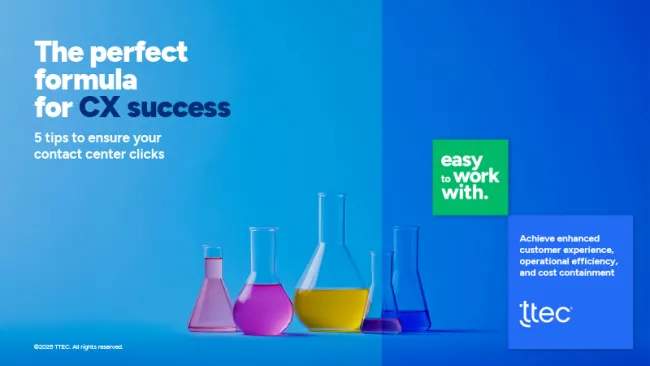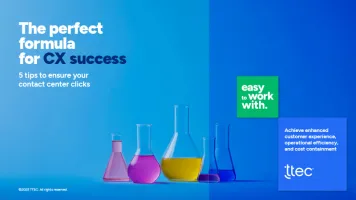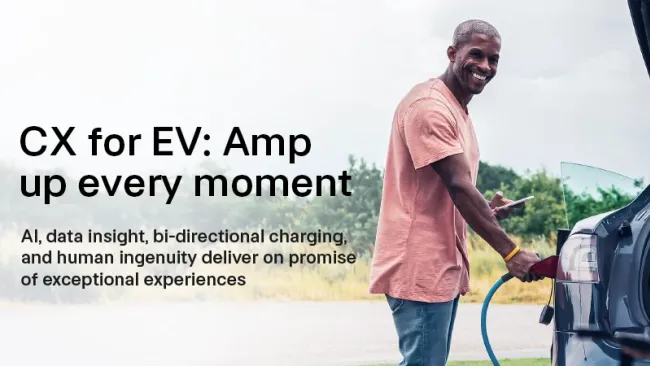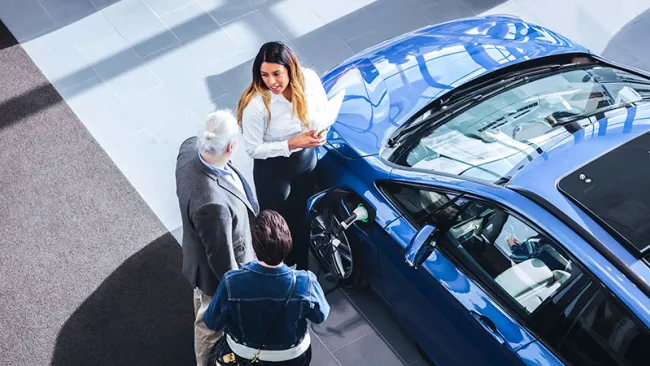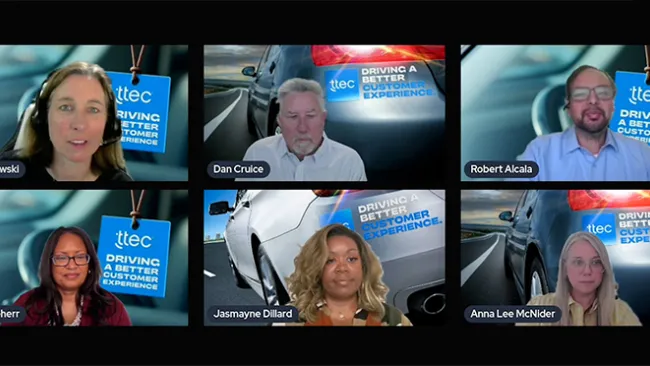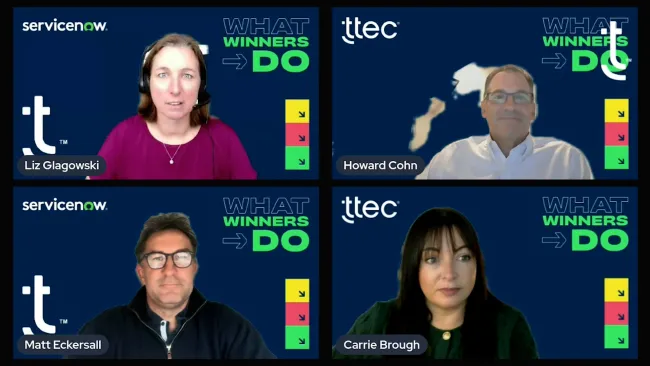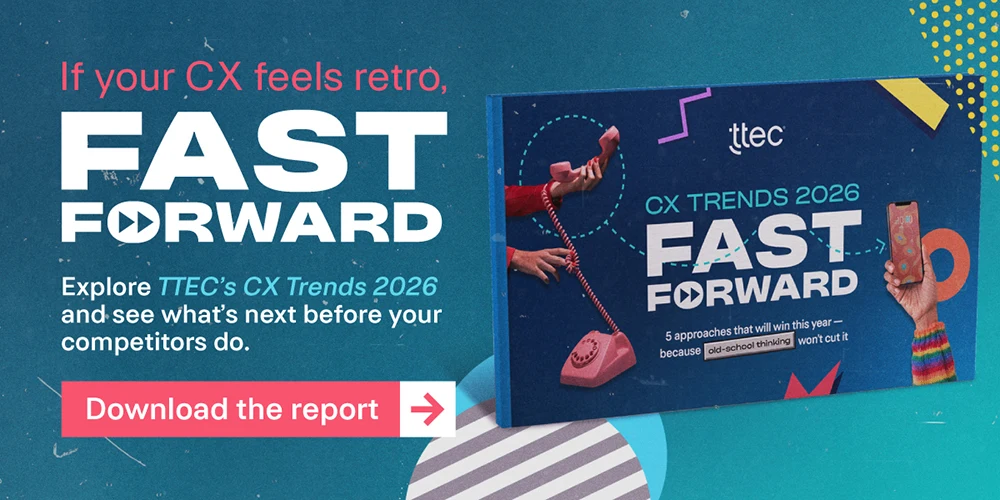For more than 100 years, the automotive industry ran on a model that built empires: sell the car, service the car, repeat the cycle. That playbook is reaching its expiration date.
Electric vehicles require up to 40 percent less maintenance than traditional engines, eroding the dealer service revenue that once underpinned profitability. Meanwhile, the industry is consolidating at record pace, with more than 350 dealership rooftops changing ownership in 2024 as shrinking margins force scale or exit.
Add direct-to-consumer sales models and over-the-air software updates, and a growing share of value is shifting away from the physical dealership entirely.
But the biggest disruption is not mechanical, it is behavioral. Today’s drivers are no longer transaction-loyal, they are experience-loyal. Most customers feel the post-purchase journey matters more than the purchase itself. And customers expect vehicles that evolve over time, digital features that activate instantly, and support that feels proactive rather than reactive.
This is not just a technology shift; it is a business model and cultural shift. And herein lies the opportunity.
Every modern vehicle is now a connected data platform that enables personalization, subscription revenue, electric ecosystem services, predictive maintenance, and continuous engagement. The most forward-thinking OEMs are not chasing one-time sales. They are building customer ecosystems that generate recurring value long after the keys change hands.
The message is clear: the future of automotive growth will not be defined by who sells the most vehicles, but by who builds the most connected, enduring customer relationships.
Subscriptions are the new horsepower
Real growth starts after the sale. Every modern vehicle is a connected device. With embedded modems now included in more than 90 percent of new cars sold in the United States, features such as advanced driver assistance, navigation upgrades, and in-vehicle apps are becoming subscription-based. This creates steady income that is not tied to the next model redesign.
One major automaker found that most customers never reactivated their hands-free driving feature after the initial trial. Percepta by TTEC built an outreach program focused on clear education, easier sign-ups, and a structured 90-day follow-up. The results? A 350% year-over-year revenue increase, 537% growth in subscription sales, and conversions rose from 5% to 20%.
What made it work was not just technology. It was the ability to connect with drivers using language they understood. The outreach did not sell features; it sold value. That is the lesson every automaker is learning: people do not subscribe to software, they subscribe to trust.
Proactive engagement turned a missed opportunity into a sustainable revenue engine. This was not luck. It was a mindset shift, moving from reactive customer support to proactive revenue generation.
New roads, new revenue
Revenue growth and customer experience are now inseparable. Sixty-five percent of service interactions contain a hidden sales opportunity, and in 17 percent of cases, that opportunity represents the best solution for the customer.
New revenue lanes are emerging quickly:
- EV ecosystem: onboarding, charging support, fleet electrification, hardware partnerships
- Technical enablement: software diagnostics, over-the-air updates, cybersecurity support
- Autonomous systems: ADAS support, fleet monitoring, safety concierge services
Gartner projects that by 2026, more than 60 percent of automakers will generate revenue from connected services and software. The model is shifting from product to platform, from ownership to engagement.
From service to sales (without the hard sell)
Good timing builds trust. Bad timing kills it. AI and analytics now give automakers the ability to deliver the right message at the right moment, so customers feel supported rather than merely being sold to during interactions. AI-enabled conversation intelligence helps teams strike that balance. It can identify when a customer is ready for the next step and when they simply need quick support.
Imagine:
- A driver receives a message that their charging behavior indicates the need for a battery calibration
- A fleet manager gets a predictive alert that three vehicles will need maintenance within 500 miles
- A customer is notified that their ADAS package has a new safety update, accompanied by a live concierge to walk them through activation
These are not sales events; they are loyalty events. This is not about replacing human connection; it is about empowering it with precision.
When every interaction adds value, you build something stronger than a transaction. You build loyalty.
This is where the human factor matters most. AI can surface the opportunity, but it takes a trained, empowered associate to turn insight into connection. The future of automotive revenue is not bots versus people. It is both working together to create effortless, personalized experiences that feel less like a call center and more like a concierge.
The partner advantage
Transformation is not a do-it-yourself project. Most organizations do not have the resources to rethink their revenue model, retrain teams, and rebuild customer engagement strategies simultaneously. That is where Percepta by TTEC comes in. We help automakers turn CX into a measurable growth engine — growing subscriptions, optimizing fleet and telematics, and creating new value in every interaction.
Our advantage comes from experience earned on the front lines of the industry. We understand the complexity of OEM ecosystems, from dealer networks and connected platforms to subscription revenue models and service-to-sales conversion. We have scaled programs across continents, balanced cost and quality through global delivery, and delivered measurable impact for brands that cannot afford uncertainty. When the stakes are high, execution matters more than theory.
The future of automotive success will not be won by whoever sells the most cars. It will be led by whoever understands their customers best and designs their business around that insight.


